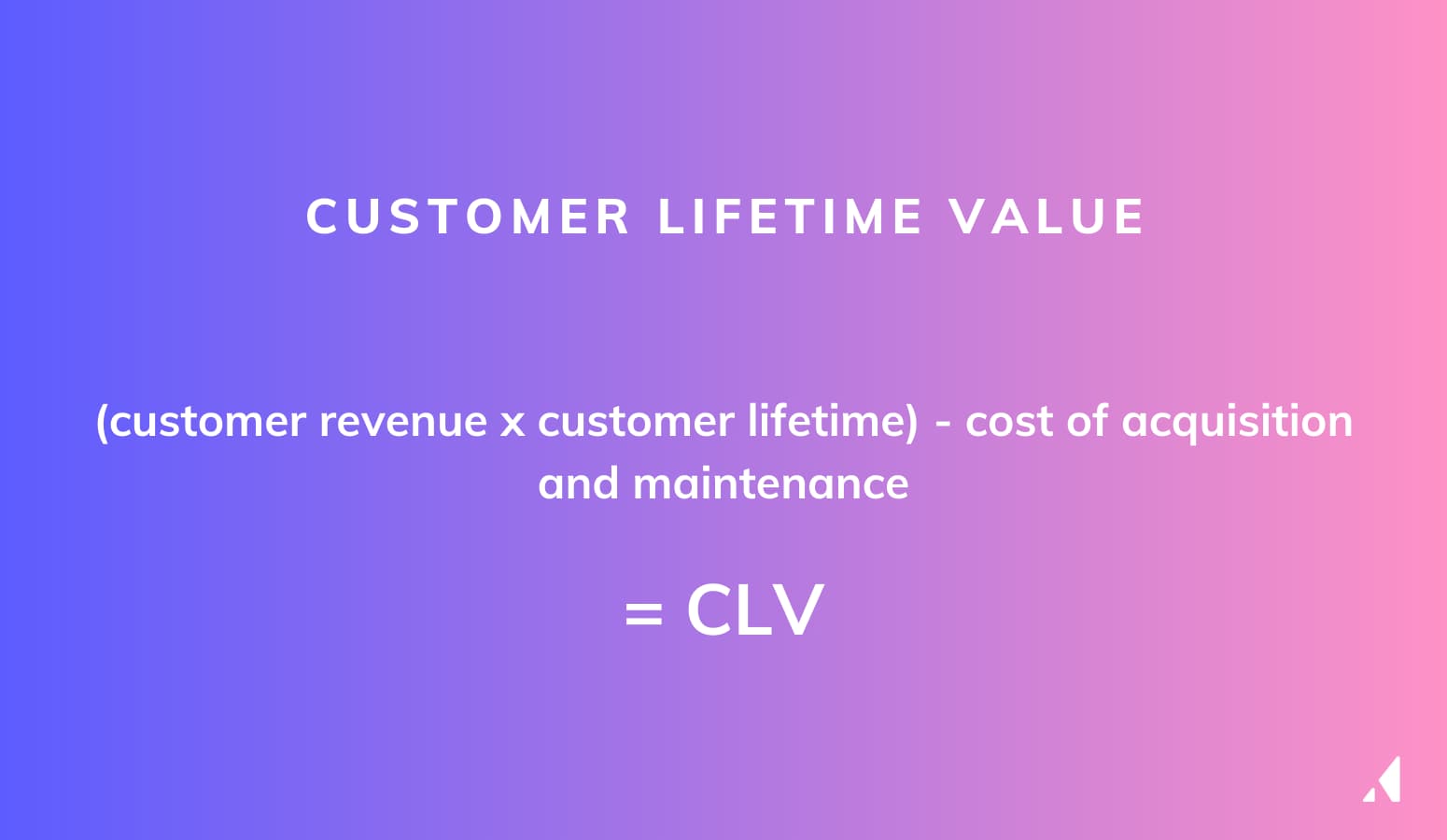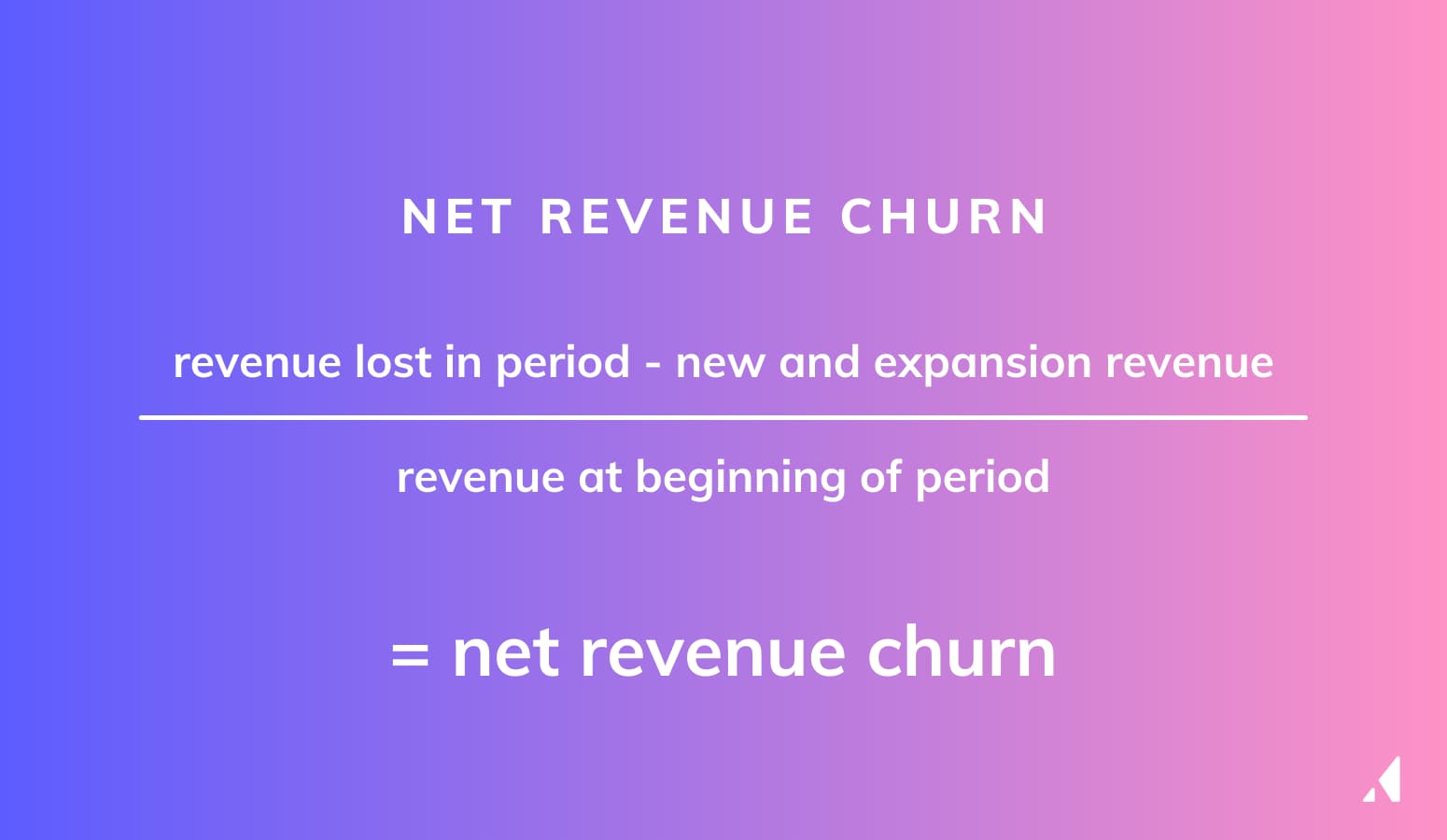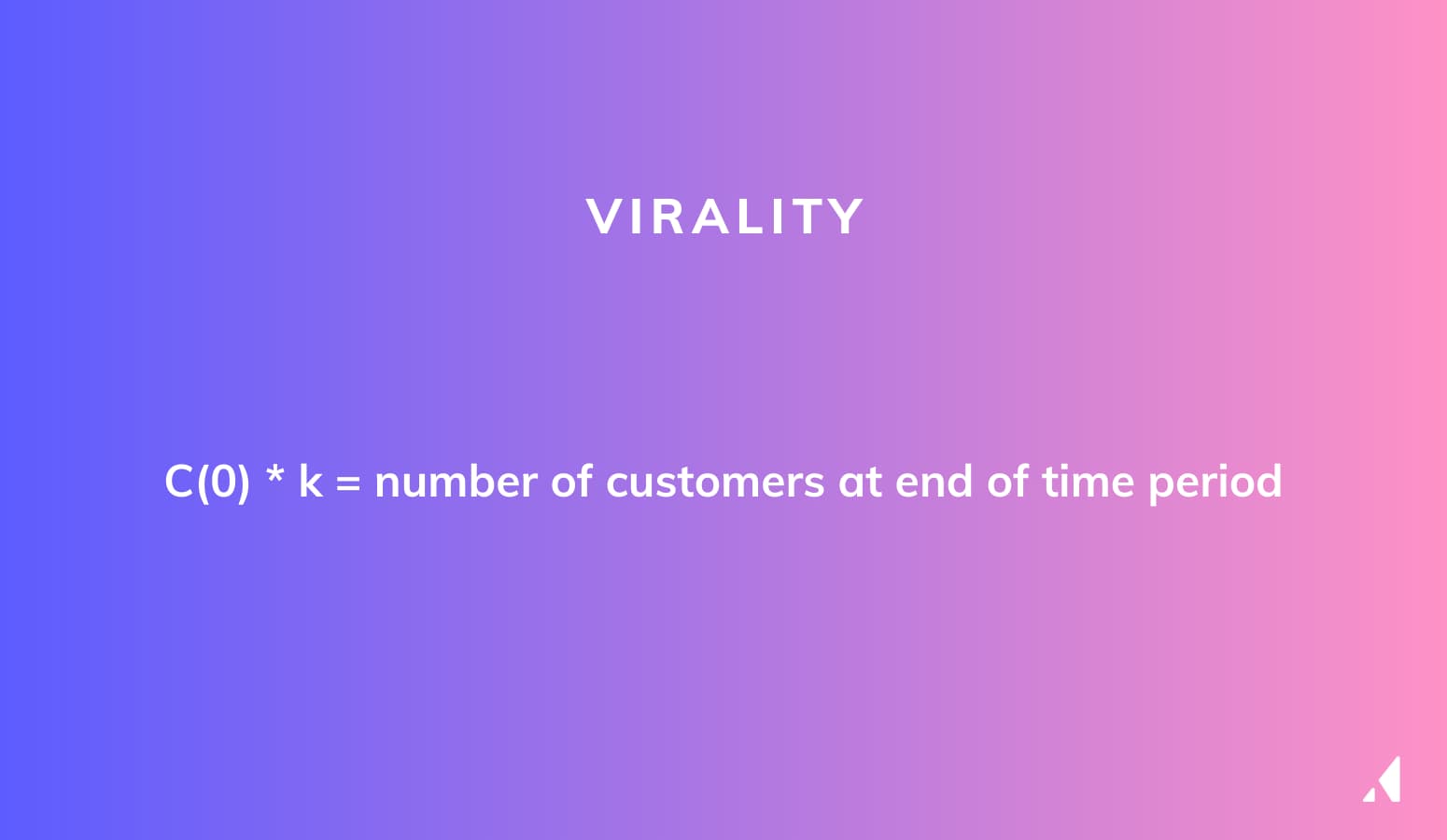What is product analytics and how can you use it to grow your product?

.png)

.png)
Throughout the COVID-19 crisis, embracing product-led growth (PLG) has proven to be more important than ever. In a time when so many of us faced an utter disruption in how we live and work, it makes sense that we want to “control” as much as possible — including how we build products. Product-led growth is a business methodology in which user acquisition, expansion, conversion, and retention are all driven by the product itself.
That’s an interesting definition, but what does it really mean to be “product-led”? At its core, it means that every department—sales, marketing, engineering, you name it—is laser-focused on the goal of building better, stickier products. The product itself fuels growth—not just marketing spend or sales initiatives.

It isn’t enough to verbally commit to this mindset as a company. To deliver the best possible user experience on a consistent basis, you need robust product analytics.
Product analytics is the set of tools you use to collect and pull insights from your product’s quantitative user behavioral data. When deployed properly, product analytics can tell you when and how often a feature is used and by whom. It can tell you what actions your users are taking before converting (or not converting).
In other words, with product analytics, you can walk around your product in the shoes of your customer. You are experiencing the product as they experience it, by reviewing the actions they take.
Product analytics and marketing analytics both provide valuable insights into your users and how they interact with your company.
But as the names suggest, marketing analytics focuses on understanding how your users interact with your different marketing initiatives. It highlights the first part of your user’s journey before they come into contact with your product. Marketing analytics tools—such as Google Analytics—can help you track traffic sources, page views, time spent on your website, and other valuable campaign metrics.
Product analytics provides information on how users are interacting with your product at a highly granular level. It helps you measure engagement in a meaningful way and reduce friction throughout your product. Are users getting stuck at a certain point? Product analytics will tell you that.
The benefits of product analytics are clear—but sometimes, it’s difficult to imagine what it looks like in practice since it’s an abstract term. How do organizations actually make the most of analytics tools when building products? We looked at how a few different product experts approach analytics and what their recommendations are for other companies.
In his case study for Mixpanel, Blend product manager Clement Kao explains how using segmentation is key for gaining key insights into user behaviors. By paying close attention to user analytics, he was able to reduce churn on a mobile app for real estate agents.
Initially, Clement looked at overall user behavior and couldn’t understand the app’s high churn. He then decided to segment his users by engagement levels: He defined his most highly engaged and disengaged users and then compared their in-app behaviors.
Thanks to this segmentation, he was able to identify some key behavior differences, including which features they used and how they contacted customer support. By making some changes to the app’s interface, he was able to keep more users engaged and reduce churn.
In this case study for Amplitude, Cloud communications company 8x8’s head of product for video collaboration Emil Ivov describes how tapping into product analytics helped his team test an engineering hypothesis. They were concerned that users were using two of their video products simultaneously, which would have been an inefficient use of bandwidth.
By separating their users into cohorts based on their behavior and tracking specific events, they were able to dive deep into their product analytics and realize that their hypothesis was wrong: The fix they needed to make instead was simpler and more efficient. By looking at their product analytics before jumping immediately into problem solving, Emil and his team were able to avoid wasting time and resources.
Amplitude’s head of education John Cutler says he often meets product managers who believe that “there is a linear relationship between analytics instrumentation ‘work’ and insights.” Instrumentation work is the setup and calibration PMs do with their product analytics tools in order to capture insights—for example, deciding which events to track and setting KPIs is all part of your product analytics instrumentation.
But the relationship between instrumentation and insights isn’t linear, Cutler notes. Instead, “a quick pass at instrumentation unlocks a lot of valuable insights. Integrating it into day-to-day work unlocks even more.”
In other words, even a relatively small investment in setting up your product analytics instrumentation can yield interesting insights. But to get the most of their product analytics and fuel growth, PMs can (and should) build regular product analytics instrumentation into their schedule.
The most important element for product-led growth is company alignment: When your entire company is aligned and focused on building a better product, the product itself fuels growth. The best way to keep everyone aligned is to agree on the right set of key product-led growth metrics.
Time to value is the amount of time it takes for users to reach their aha moment—the moment of insight within your product when users realize how much value it can offer them. The shorter the TTV, the faster new users realize your product’s value.
To track TTV, you first need to define your product’s aha moment by looking at your product from your user’s point of view. Look for patterns in behavioral data: Can you identify the action that long-term users take that churned users don’t? Once you’ve identified this, you’ll have your product’s aha moment, and you can begin calibrating to shorten your TTV.
Once users have completed an activation event—the action that causes them to have their aha moment—they become PQLs, or product-qualified leads. PQLs are important to track because they understand the value your product can bring them, and they’re more likely to become paying customers.
To define and track PQLs, you need to know your product’s activation event and aha moment. Once users have passed that activation point, they shift from being an evaluating user (evaluating the value of your product) to an activated user who understands the value your product offers.
Expansion revenue is additional revenue from users who are already paying for your core product, generated through upsells, add-ons, and cross-sells. It’s especially important for SaaS products since many use a freemium or free-trial model, and is a key indicator of healthy SaaS growth. Upselling an existing customer is also 2x cheaper than acquiring a new one.
It’s one of the most valuable metrics to track product-led growth: Users have their aha moment in your product, and the value your product brings them convinces them to invest in add-ons to gain additional value.
ARPU is a pretty self-explanatory metric: It’s the average amount of money you can make from each user. It’s calculated by dividing monthly recurring revenue by your number of users.

ARPU is a key metric for evaluating the health and growth of any SaaS company. Business analysts frequently use this metric to compare SaaS companies.
CLV is the total revenue you can expect from a user over the entire duration of their subscription to your product. It helps you gauge how valuable a user is right now and how valuable they are likely to be in the future. Though there are multiple ways to calculate CLV, the simplest way is:

You can use CLV to identify especially valuable user segments and analyze those users’ behavior with product analytics. With that information, you can make adjustments to your product to increase adoption for other, lower-performing segments. CLV can also help you evaluate your acquisition and maintenance costs.
Tracking net churn rather than gross churn gives you an overall view of your company’s health. And focusing on revenue churn rather than customer churn gives you a more accurate financial picture. After all, not every user has the same value (or spends the same amount) on your product.
The formula to track net revenue churn is:

Monitoring churn, and especially net revenue churn, is a key to tracking product-led growth. Digging into your analytics can help you uncover all sorts of valuable data about why your users are churning. Once you have more insights into why, you can use those to remove friction and create a better product experience.
Virality is one of the most important metrics for product-led growth: Virality occurs when each user brings new users to your product, and the product adoption rate increases exponentially. The more likely something is to be shared ( and “go viral”), the more virality it has.
Virality is calculated with this formula:

C(0) = number of customers at the beginning of the period you are measuring
k = the number of new users each user brings to your product = i*c
i = the number of product invitations each customer shares
c = the conversion rate of those invitations
For a product to be considered viral, the viral coefficient k must be greater than 1.
Similarly to virality, Network effects depend on users sharing your product. Network effects occur when “increased numbers of people or participants improve the value of a good or service.” In other words, the more users adopt your product, the more useful the product becomes for everyone.
The communication platform Slack is a classic example of this: If a few employees or a single team at a company adopt Slack, they are likely to get some limited value out of the product. But if all of a company’s employees use Slack, the entire company can share information easier. Each user gets more value from the product as adoption increases.
Network effects is a strong contributing factor to product-led growth—it incentivizes users sharing and promoting your product within their networks.
Read more about the metrics that matter on the Product-Led Growth Collective website.
Product analytics is the first and most important step to understanding and growing your product. With the right insights, you can reduce churn, help your users reach their aha moment, and grow your product faster.
But quantitative data can never tell the whole story. Once you know what your users are doing, you still need to figure out the why. The best way to do this is to use the quantitative data you’ve gathered from your product analytics to guide your qualitative research. Now that you know how users behave in your product, conduct some user interviews to find out why.